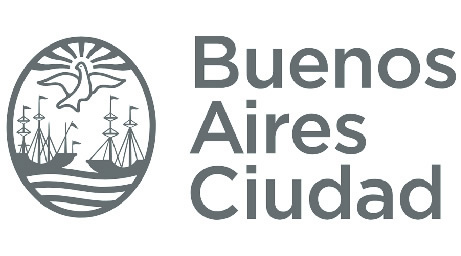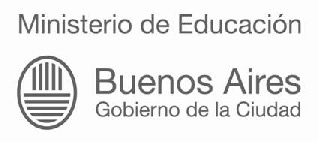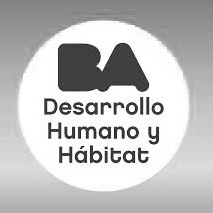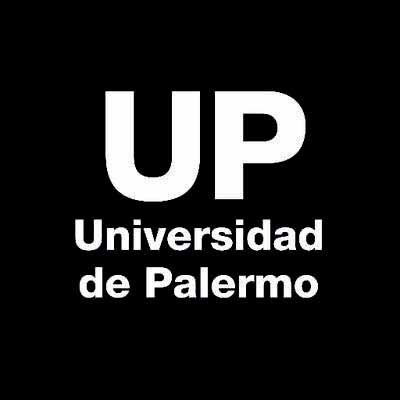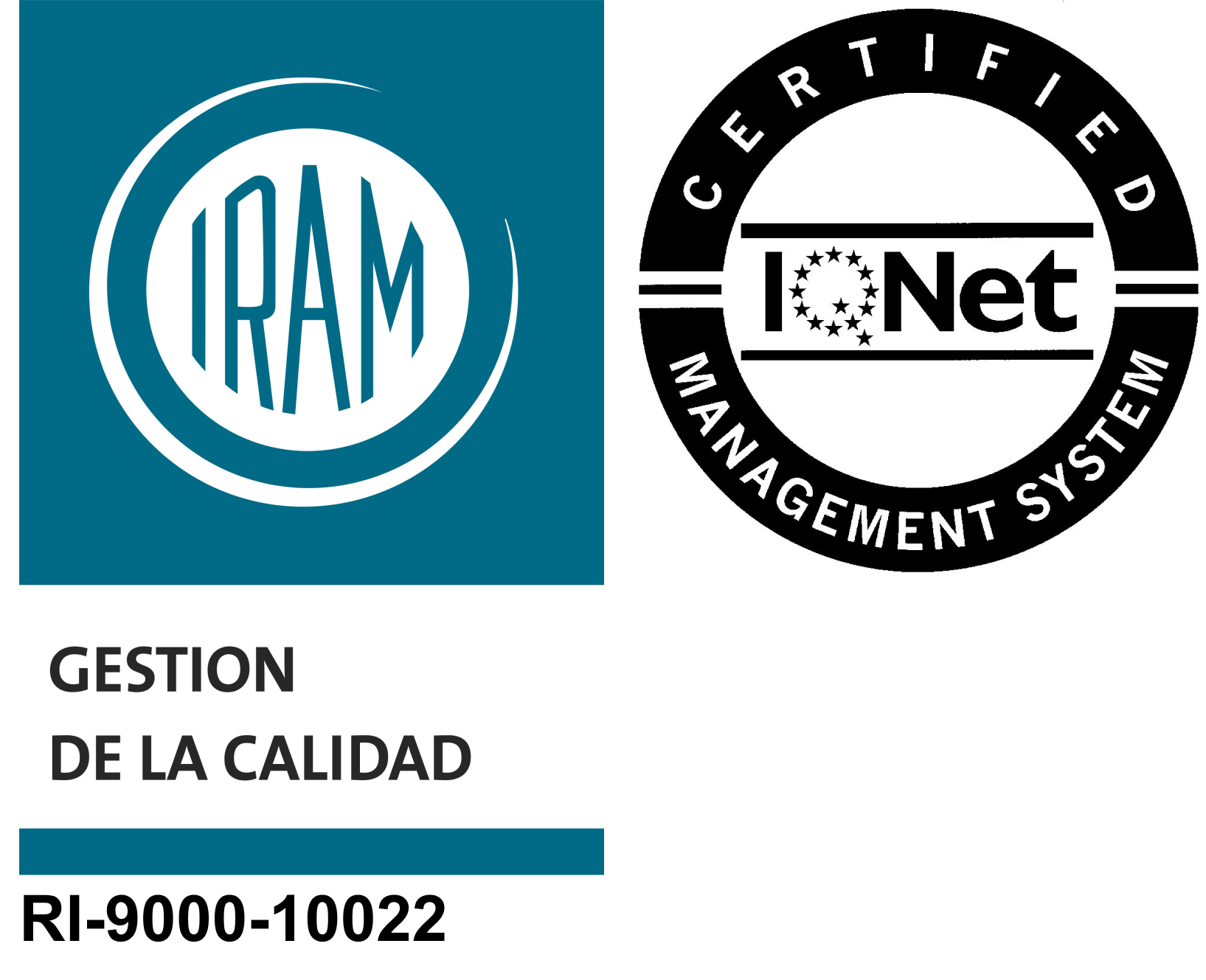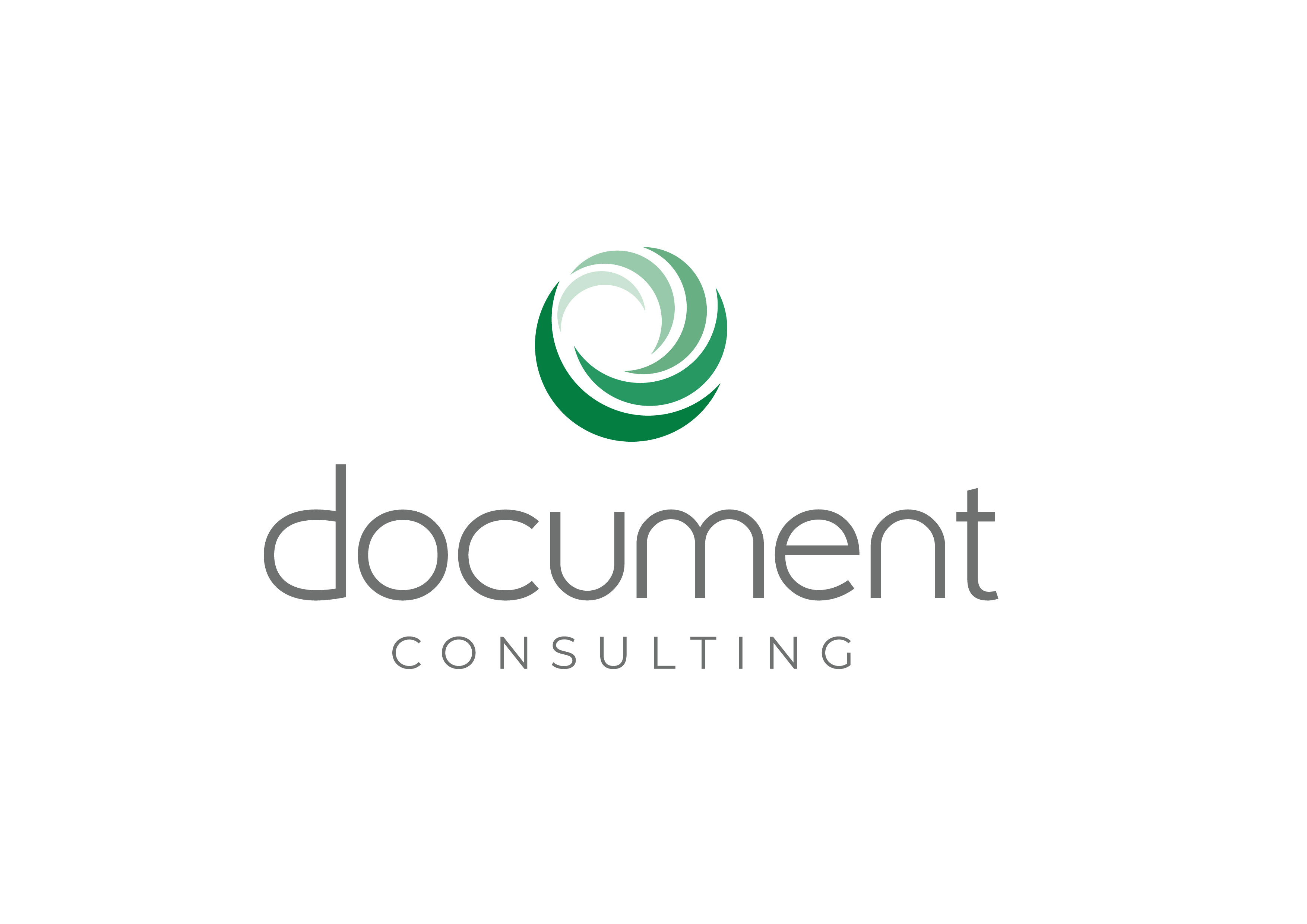digitalization
of documents and cultural heritage
Access your information at any time, from anywhere
At Dataprima we capture and convert everything on paper into digital images - obtaining a faithful copy of the original - transforming them into useful, accessible and organized information.
Despapelizate



